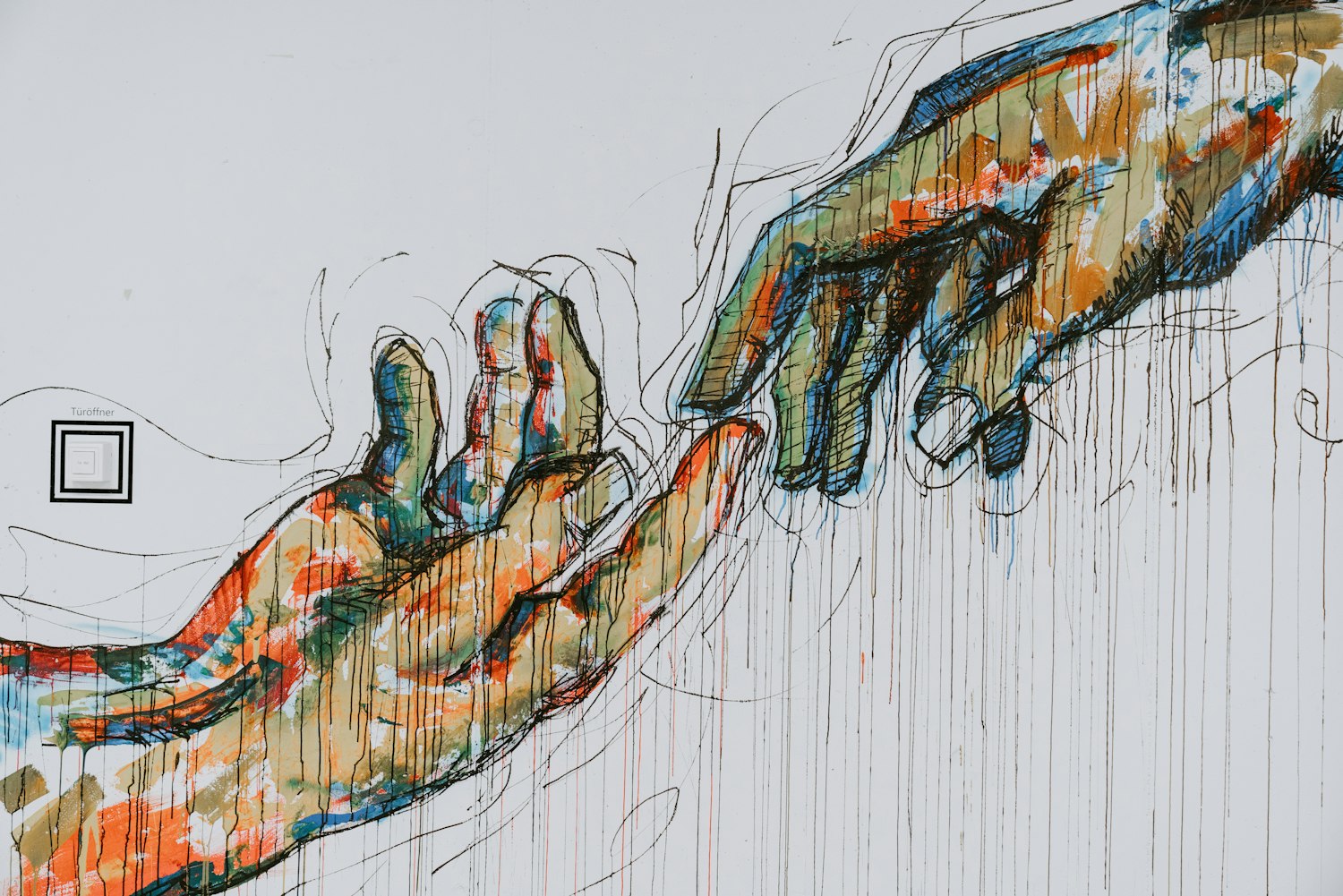
As you look at a nearby object, that object both looks as if you could reach out and grasp it, and it looks as if it’s an objective bit of reality that’s independent of your mind. Are these the same look?
Before answering, here’s some quick context. Both looks are pretty clearly independent of a related phenomenal property. When you look at a nearby object, it looks as if it’s in the same space as you. This feeling of immersive presence, as I’ve called it, is different from the feeling that the item is graspable (“motor presence”) and the feeling that the item is objectively real (“objectual presence”). In my work on dreams, I’ve argued that dreams involve the feeling of immersive presence, but lack some other important component of the overall feeling of presence. In my early version of this work, I described that missing component as the feeling of objectual presence. In the published version, I described it as the feeling of motor presence.
Now, I’m wondering if these just aren’t the same feeling. Let’s get back to the question.
First set aside a bad argument. It is, of course, true that a nearby object is real if and only if it’s graspable. If it weren’t real, there wouldn’t be anything there to grasp. If you couldn’t gasp it, that would mean it’s not really there (assuming we’re talking about a normal object, like a pencil or book or phone). But that’s not what we’re asking. We’re asking here about the phenomenology of the experience: How things look to you, or how they introspectively strike you. Appearances need not match reality, so there’s no antecedent reason to assume that the appearances of graspability and objectivity always go together just as actual graspability and objectivity always go together.
So, can a seen nearby object look real without also looking graspable (or otherwise “ergonomically significant”)? Conversely, can a seen nearby object look graspable without also looking real?
An interesting case to consider is the holodeck from Star Trek, or at least a very realistic VR setup. You might point out that in these cases objects look as if you can reach out and grasp them, but you still know they “aren’t real”. But that confuses the issue. The question isn’t whether something can look graspable while you know it’s not real. The question is whether something can look graspable while not also looking real. While you know the holodeck/VR object isn’t real, I suspect that if the illusion is good enough, it will nonetheless look as if it’s real. (Consider the Müller-Lyer illusion: You know the lines are equal, but they look as if they are unequal.)
While I don’t have a good argument (yet), I suspect this holds in all cases: A seen nearby object looks graspable if and only if it looks real. I further suspect that deeper phenomenological analysis may lead to the conclusion that these are the same feelings. This conjecture fits with folk intuitions, too. Consider the folk trope that trying to touch something is a test for whether you’re hallucinating. According to this bit of folk lore, if you want to know whether something you “see” is real, you reach out and touch it. If you find yourself “grasping air”, it’s just a hallucination. The hallucinated object looks real and graspable, but when your hand finds nothing there, that lack of tactile touch strikes us as good evidence that the seen object is not real. (Curiously, people rarely think to go the other way, and assume their vision is accurate but their tactile perception is faulty.) I’m not sure that’s an entirely coherent appeal to folk intuition, but I suspect there’s some important insight to be dug out of it.
You might press that it’s just obvious that the look of being graspable just is the look of being real (i.e., objective, or mind independent). I don’t think this is an obvious point, or one true by definition or just in virtue of the nature of the two concepts. There doesn’t seem to be anything conceptually incoherent about assuming that a seen nearby object looks as if you can reach out and grasp it, but doesn’t look as if it’s a bit of objective reality independent of your mind. Surely, at least as a conceptual matter, you can have sophisticated sensorimotor, visuohaptic experiences as of graspable seen objects that still introspectively strike you as a figment of your own mind. Why can’t, as a matter of pure conceptual analysis, your mind generate haptic (or visuohaptic) figments? When you see “stars” or afterimages, these things strike you as figments of your own mind, not as objective parts of the environment. There doesn’t seem to be any good conceptual reason to suppose that similar experiences couldn’t also strike you as presenting objects you can grasp. (Of course, “stars” and afterimages don’t normally look graspable, but that doesn’t mean such an experience is conceptually incoherent!)
If (as I suspect) the two looks really do always go together, or even are the same, it’s a contingent fact about our sensory neurobiology and the experiences to which it gives rise.